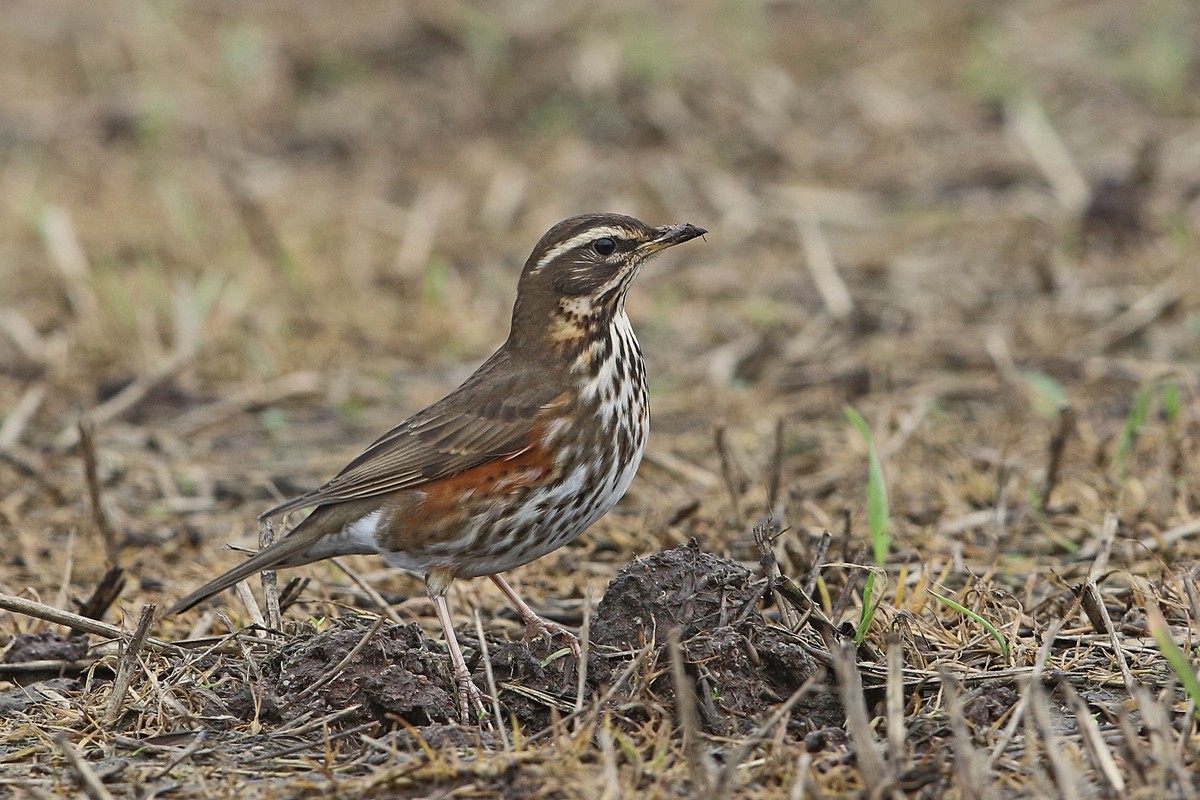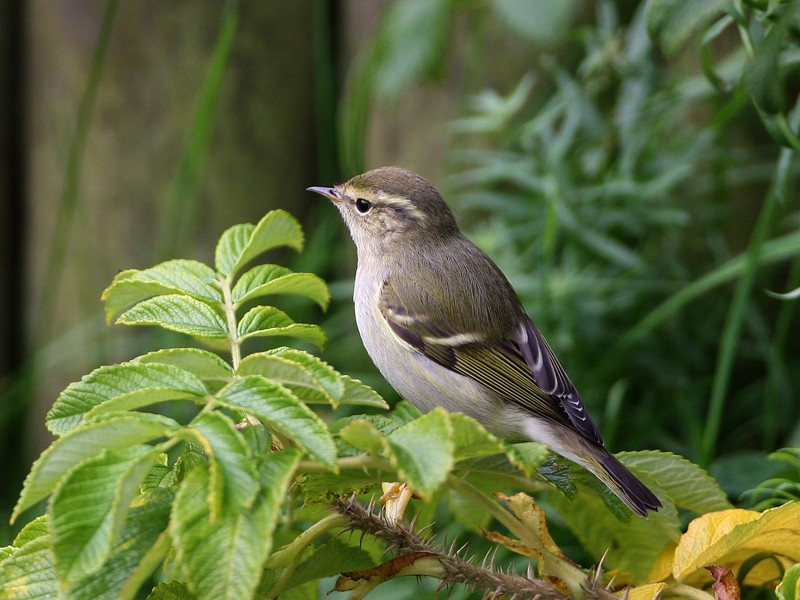Remarkable Journeys
Published: 15 September 2020
Autumn migration should now be in full swing here in Shetland but so far this September has proved disappointing for birdwatchers. This because the wind has largely been from the western quarter. Westerly winds do bring some migrants to the isles, notably those that breed to the north-west of us in Faroe or Iceland. These include several wildfowl and wader species, the first small skeins of Pink-footed Geese have been seen in the last week, and a few passerines. Wheatears, White Wagtails, and Meadow Pipits have all been around the isles in good numbers, and we should soon expect the first Redwings to arrive. These colourful thrushes sometimes arrive in massive flocks numbering hundreds or even thousands, especially if caught out by poor weather. For these birds the islands provide a predictable stop during which they can feed up before they continue their journey south to Britain, Ireland and western Europe.

It is the less predictable visitors from the east that excite birdwatchers more. Most of these have bred, or will have been raised, in Scandinavia and are looking to head south across the North Sea or Baltic on route to southern Europe of Africa. More exciting still, are visitors from further east yet – some from as far as the heartlands of Siberia. One species that never ceases to amaze me is the Yellow-browed Warbler and if you have a few sycamores in your garden then there is a very real chance that you could see one of these in the next few weeks. They are tiny, but really striking with their bold white supercilium (stripe above the eye) and two prominent white wing-bars. They are essentially olive -green above and white below and also call frequently – a loud disyllabic ‘tsew-weet’.

These tiny birds weigh less than a 10 pence coin and the closest they breed is 2,500 km away in the Ural Mountains; most breed a lot further east than that! Yet every autumn some turn up here in Shetland when they should really be heading to south-east Asia. This is almost certainly due to a genetic fault whereby the birds navigation system has gone awry. And every year the numbers turning up here are increasing. Back in the 1970s more than 10 individuals represented a good year for Yellow-browed Warblers. By the 1990s, the annual total exceeded 40 and even topped 100 in 1992, but in recent years there have been days with over 100 present, occasionally 30 or more in the same patch of woodland! Quite why there has been such a staggering increase is unknown but it is interesting that a small wintering population appears to have now become established in western Europe and the Atlantic Islands.
So, keep your eyes open for this wee sprite zipping around your garden this autumn and if you are lucky enough to see one just think he or she has come all the way from Siberia to visit you.
Paul Harvey, Natural Heritage Officer
We hope you have enjoyed this blog.  We rely on the generous support of our funders and supporters to continue our work on behalf of Shetland. Everything we do is about caring for Shetland's outstanding natural and cultural heritage on behalf of the community and for future generations. Donations are welcomed and are essential to our work.
We rely on the generous support of our funders and supporters to continue our work on behalf of Shetland. Everything we do is about caring for Shetland's outstanding natural and cultural heritage on behalf of the community and for future generations. Donations are welcomed and are essential to our work.

